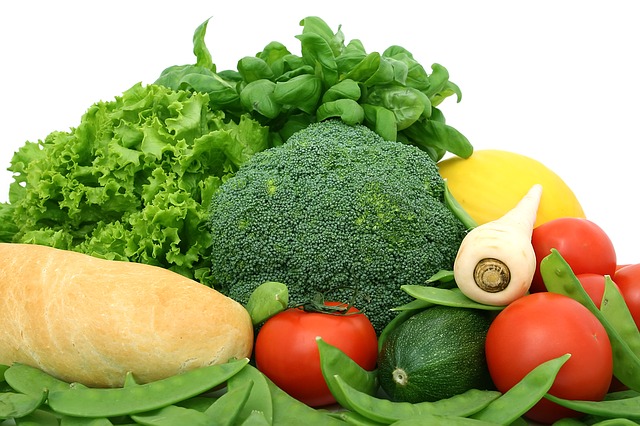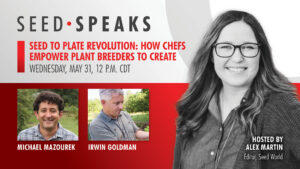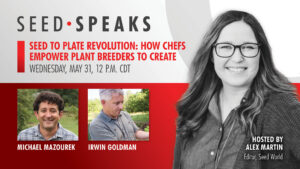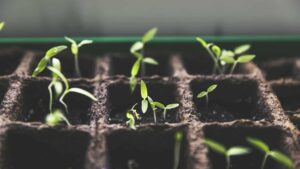Breeders start with seeds to build better-tasting vegetables.
The seed industry is stepping up to help consumers hit their daily vegetable intake goals and enjoy the taste while they’re at it.
“If we want people to eat something, it has to taste good,” says Lane Selman, professor of practice at Oregon State University and founder of the Culinary Breeding Network That is how we get people to eat better.”
The current Centers for Disease Control Dietary Guidelines for Americans recommend adults daily consume 1.5–2 cup-equivalents of fruits and 2–3 cup-equivalents of vegetables, but the most recent Behavioral Risk Factor Surveillance system (BRFSS) data shows only a fraction of adults hit this target.
According to the 2021 National Survey of Children’s Health, nearly 50% of children and 20% of adults do not eat a daily vegetable. About one in three children did not eat a daily fruit. Breeders are tasked with competing with the convenience and flavors of processed foods. If they want those numbers to change that means making better tasting produce, and sometimes even correcting past mistakes.

“All of those investments to make tomatoes better have resulted in a tomato no one really likes,” says Michael Mazourek, a vegetable breeder and associate professor at Cornell University who is best known for his work on “Habanada,” a mild habanero pepper, and ‘Honeynut’ a miniature butternut squash.
“We took all of our food to a commodity system where we can walk into any franchise grocery store and see the same bin of bell peppers year-round,” he says. “It’s the same every day and that’s actually an incredible thing, but there is no incentive to make a better, more delicious pepper because it’s just going to get dumped in the bin and no one will know or care.”
That consistency is important to today’s global food market, but Mazourek says in the past, he has been actively discouraged from breeding for flavor because it would just mess up people’s experience.
“Those pink, crunchy tomatoes are easy to pick on because they are consistent, but they’re consistently dreadful,” he says.
Commodity Focus
Aaron Hummel, vice president of trait and tool delivery for Pairwise agrees commodity-focused decisions have largely led breeding decisions.
“In addition, the supply chains for fresh items are more fragmented so breeders are basically incentivized to focus on the grower rather than the end consumers,” Hummel says.
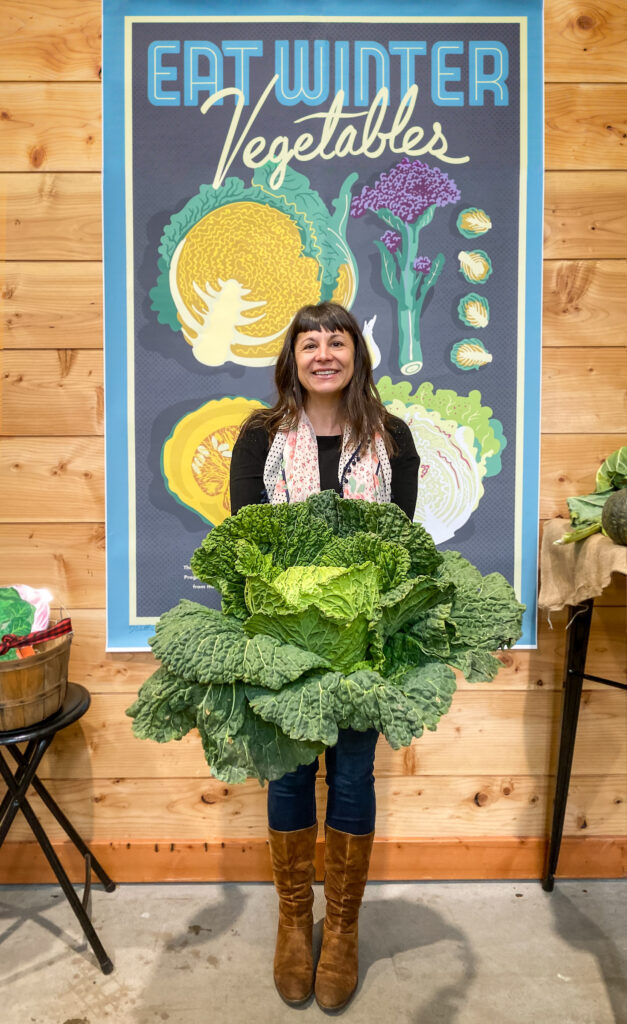
Focusing only on “grower-focused” traits such as yield, pest or disease resistance may not benefit growers as much as expected because it simply rewards whoever can do things the cheapest.
“We can do better and have the best of both worlds,” Mazourek says. “But there has to be a value system in place and a way for consumers to identify something that has the specific flavor they seek,” he says, touting apples as a successful example of this.
“They are sold by name and not by group so that’s what we’re trying to do for other crops because it’s very consumer-empowering to look for the flavors you like and it’s very grower empowering to grow some signature items where those choices and efforts have a return on your investment,” he says.
Hummel says Pairwise is working to actively include consumers in their innovation strategies.
“There is broader recognition across the industry that you can’t leave the consumer out and expect them to be excited,” he says. “We’re working to create benefits that are more tangible and directly observable to the consumer, and that will also benefit the supply chain and grower as well in some cases.”
Connecting with Consumers
At Oregon State, Selman is passionate about the seed industry’s role in creating better food and flavors, and much of her work is focused on bridging gaps in the industry. As founder of the Culinary Breeding Network, she builds communities of plant breeders, seed growers, farmers, chefs, retailers, distributors and other stakeholders, providing each group with crucial information they otherwise wouldn’t have access to with the ultimate goal of improving quality in vegetables, fruits and grains.
“I believe strongly in collaboration and having these partnerships and conversations will bring to light things breeders won’t often think about,” Selman says.
Chefs may want specific traits in a pepper, for example, that a breeder isn’t aware of, like a particular rounding on the shoulders, or a texture in the skin once it’s been roasted.
“A plant breeder is selecting for these things whether they are aware they are doing that or not. In fact, if they aren’t selecting for it, they are almost selecting against it,” Selman says.
Her Variety Showcases and other tasting events are open to the public and allow consumers and industry professionals to taste and learn about new and in-development vegetable, fruit and grain cultivars. The next event is Sept. 8, 2024, in Portland, Oregon.
“The seed world is so unknown to most people, even growers, really,” Selman says. “It’s my goal to bring that information to people and to create connections between breeders and the people who are ultimately eating and working with these products.”
Creating with CRISPR
In May 2023, Pairwise launched a leafy greens blend for food service in partnership with Performance Food Group. This blend of purple and deep green leaves are derived from mustard greens and part of the same family of vegetables as Brussel sprouts, cauliflower and kale. This is the first food made with CRISPR technology available in the U.S. market. Pairwise plans to launch the blends in retail stores in early 2024 under its consumer-facing brand, Conscious Greens.
“Plant breeding has existed for 10,000 years and gotten progressively more efficient, but until the last 100 years or so, it has always relied on random genetic variation in the population of plants the breeder is working with,” Hummel says. “CRISPR allows the breeder to target a specific gene to create genetic variation at that spot, versus relying on massive fields of plants to get enough variation to select on.”
CRISPR was first used as a genome editing tool in 2012 and there are now multiple types of well-known and highly optimized CRISPR enzymes and editing tools that are broadly used in a range of species.
“Genes edited with CRISPR can be disabled, or tuned, meaning the strength of their output can be adjusted, and a handful of different types of CRISPR tools can make these changes,” Hummel says. “We take either approach, depending on what is appropriate for the trait biology of each particular circumstance.”
CRISPR accelerates plant breeding by providing the breeding program with substantially more genetic variation on a trait-relevant target gene than it would otherwise have. It’s not a complete solution that will likely ever replace traditional plant crosses or testing out in the field, but Hummel expects significant impacts to the rate of gain for breeding programs that can effectively integrate genome editing with their other operations.
The regulatory landscape around the use of CRISPR in agriculture is still evolving. Recently, the European Commission proposed new legislation to allow for crops made with CRISPR to be classified as similar to conventionally bred varieties. The U.S. Department of Agriculture and the Environmental Protection Agency have rules in place that allow edited plants, that could otherwise be achieved through conventional breeding, exemption from regulation.
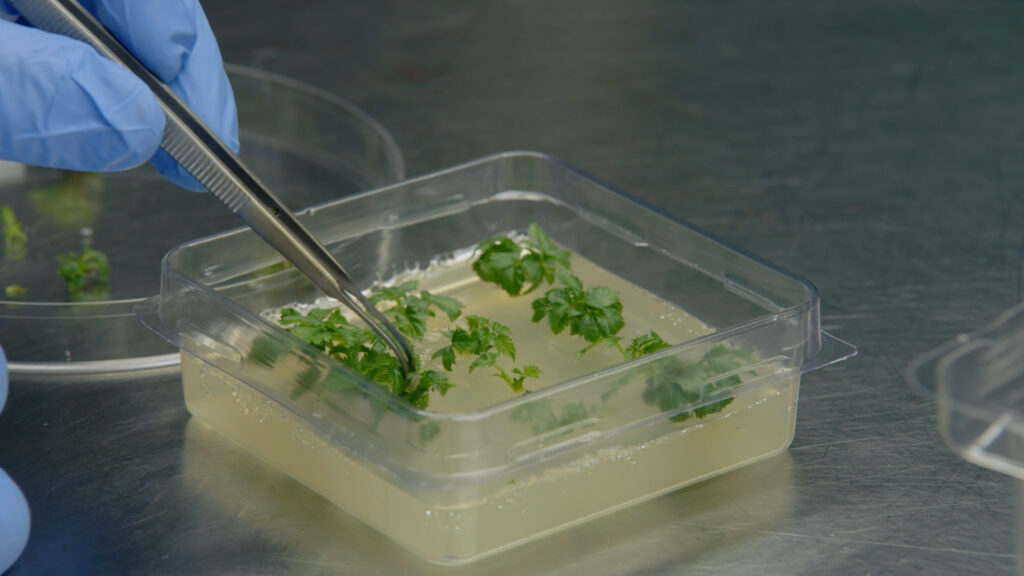
Seedless and Specialized
CRISPR has also allowed Pairwise to target traits that can be challenging for traditional crossbreeding.
“There is a pretty extensive history with seedless crops. The oldest ones I’m aware of where grapes were discovered in ancient Turkey, and seedless watermelon has become the dominant trait just within our lifetime so we’re trying to learn from that enthusiasm with seedless berries,” Hummel says.
He says seedless is not something that is easily created or discovered in traditional breeding but in cases where it has arisen, it’s been very beneficial for human consumption.
“We’re starting with germplasm and in the case of berries, it’s coming from our partner Plant Sciences Incorporated, but CRISPR allows us to add that in more easily,” he says.
Pairwise is targeting the second half of this decade for a seedless berry launch.
“Botanically speaking, it’s technically a pitless trait, but consumers think of it as seedless. And then later on, we’re planning to leverage that knowledge to make a pitless cherry,” Hummel says.
Flavor is another significant challenge in vegetable breeding, and not just because it requires time for vegetables to ripen and experienced culinary techniques to test. It’s also just very specific to each person’s palate.
“Flavor is basically the interaction of many small molecules and chemicals with our taste and smell senses and some of those molecules interact with each other and some are independent, and every person’s perception is different as well,” Hummel says.
However, if you break taste down into subcomponents, some are simpler to target.
“For example, the Myrosinase gene from the Brassica genus that catalyzes the hydrolysis of sinigrin into mustard oil creates that pungent horseradish flavor that exists in fresh mustard green leaves,” Hummel says. “By gene editing, we disabled Myrosinase to create our Conscious Greens product,”
Focused on the Future
Cornell researchers are also focused on studying more of the biochemistry behind flavor and how it interacts with the chemical ecology of how plants adapt to their environment. Mazourek helped develop the Beauregarde Snow pea, a flat snap, purple-podded pea, as well as red, yellow, green and blush varieties. He says it’s important to remember that plants aren’t playing with color and flavor for the fun of it.
“With (Gregor) Mendel’s purple flower trait, we know it confers stress resistance to the peas. So, using a white flower, you’ve turned off a lot of their anthocyanins, or flavonoids metabolism. Whenever plants are making these color or flavor chemicals, it’s not with the intention to be a great new addition to our plate,” he says. “Much of how they contend with their environment is through being these amazing biochemists and we think we’re going to find some very interesting things.”
The key to us breeding this pea was looking beyond the single genes Mendel studied and using conventional plant breeding to optimize the tens of thousands of other genes in the genome. That’s still super powerful.”
Researchers are also working to better understand specific nutrient compositions and how to manipulate them, potentially affecting how certain fruits affect blood sugar. Researchers are looking at the form of starch in some squash, for example.
“Sweet vegetables are still worlds apart from the 30+ grams of sugar in drinks, but also, in general, we know we’ll get more of a blood sugar spike from drinking orange juice than eating an orange. That said, there are very few vegetables that are sugar rush vegetables,” Mazourek says with a laugh.
Though, with seed breeders on the case, perhaps anything is possible.
“Fruit and vegetables need to be convenient, snackable and just taste good because we’re competing with snack foods that have been highly designed to be all those things,” Mazourek says. “My goal starts with seeing if we can make something delicious, and if we can make it snackable as well; that’s huge.”


